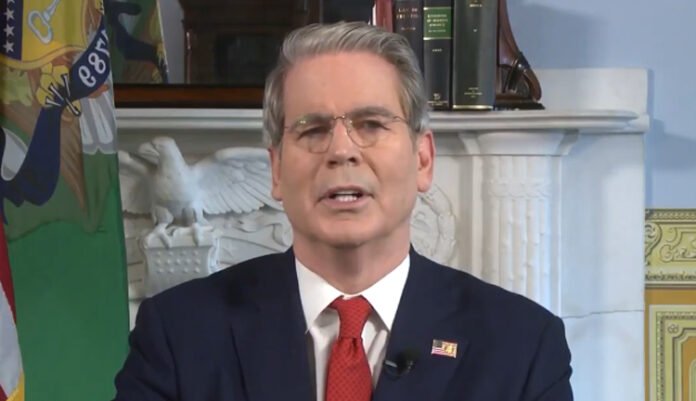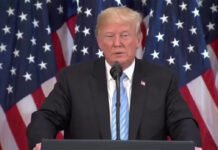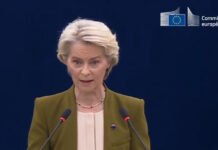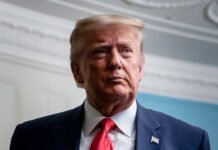The United States has announced a tougher tariff strategy on countries purchasing oil from Russia, calling on G7 allies to join its campaign. US Treasury Secretary Scott Bessant revealed that India now faces an additional 25% tariff, doubling earlier measures imposed by President Donald Trump.
US Seeks G7 Backing on Tariffs
In a statement after his call with G7 finance ministers, Secretary Bessant emphasized that sanctions and tariffs are central to Washington’s approach to pressuring Moscow.
“If our partners are truly committed to ending the war in Ukraine, they must join the United States in imposing tariffs on countries that continue buying oil from Russia,” Bessant urged.
The US Treasury Department added that both Bessant and Ambassador Greer welcomed commitments to strengthen sanctions and use frozen Russian assets to aid Ukraine.
According to officials, Washington is encouraged by signs that G7 countries are considering stronger collective action at this “critical time.”
India Hit with Additional Tariffs
India, one of the largest buyers of Russian crude, has become the immediate target of Washington’s expanded tariff regime. The US announced an extra 25% tariff on India, on top of the earlier 25% announced by Trump, bringing the total tariff burden to 50% — the highest imposed by the US on any trading partner.
Officials argue that India’s continued purchase, refining, and resale of Russian oil is indirectly financing Moscow’s war in Ukraine.
SCO Meeting Called a “Sham”
Bessant also used strong language against the Shanghai Cooperation Organization (SCO) meeting in China earlier this month.
“This meeting was pre-planned and largely felt like a sham. India, the world’s largest democracy, has values closer to ours than to China’s or Russia’s. But right now, India is fueling Russia’s war machine — and so is China,” he told Fox News.
He warned that if the situation continues, “the United States and its allies will have to step in.”
Trump and Modi Signal Positive Trade Talks
Despite escalating tensions over tariffs, President Trump struck a conciliatory tone in a September 10 post on Truth Social.
“I am pleased to announce that India and the United States are continuing negotiations to address trade barriers. I look forward to speaking with my very good friend, Prime Minister Modi, in the coming weeks,” Trump wrote.
Prime Minister Narendra Modi quickly responded on social media platform X, highlighting the importance of India-US ties:
“India and the United States are close friends and natural partners. I am confident that our trade talks will pave the way to unlocking the immense potential of the India-US partnership.”
Both leaders stressed optimism that the talks would yield a mutually beneficial outcome and strengthen bilateral ties.
Impact on India-US Relations
The sharp tariff measures highlight the complex balancing act in India-US relations. On one hand, Washington is pressuring New Delhi over its Russian energy ties, while on the other, both governments are pushing forward on trade, defense, and strategic cooperation.
Analysts note that the Indo-Pacific agenda, Quad cooperation, and joint efforts in technology and clean energy remain critical pillars of the partnership. Yet the rising cost of tariffs may test the resilience of bilateral relations in the months ahead.
Conclusion
The US’s call for G7 partners to join in imposing tariffs on Russian oil buyers underscores a broadening front against Moscow. India, however, finds itself at the center of the debate — facing the steepest tariff penalties while also maintaining close ties with Washington. With Modi and Trump signaling commitment to strengthening cooperation, the coming weeks will determine whether trade diplomacy can offset mounting tariff disputes.
















